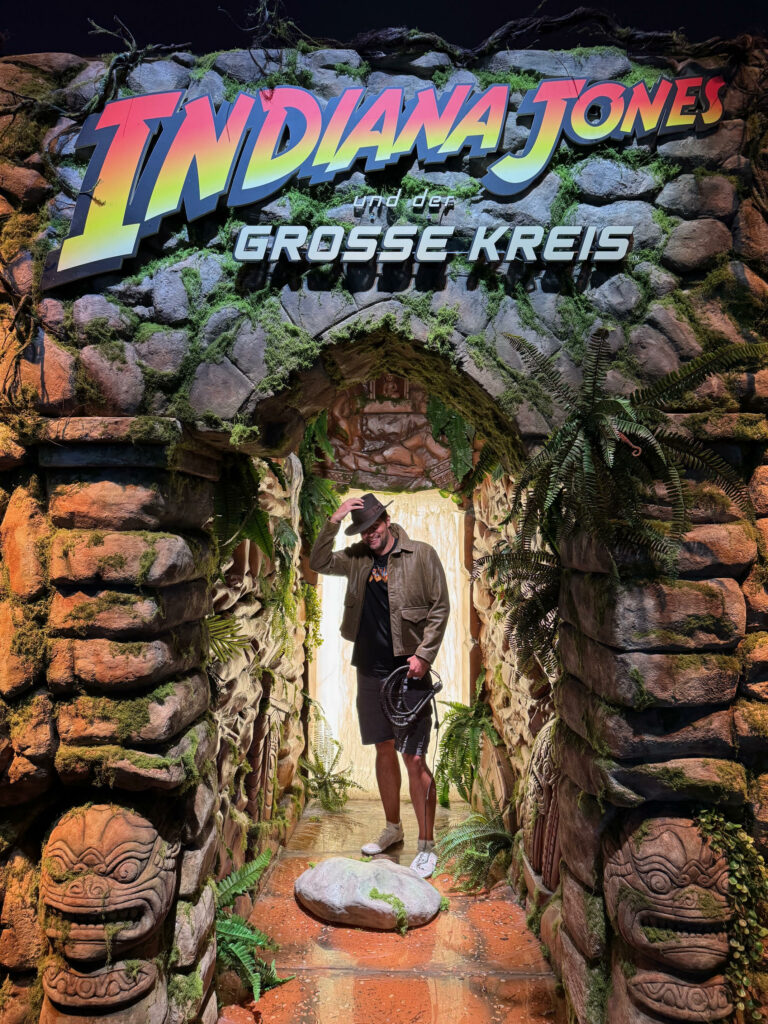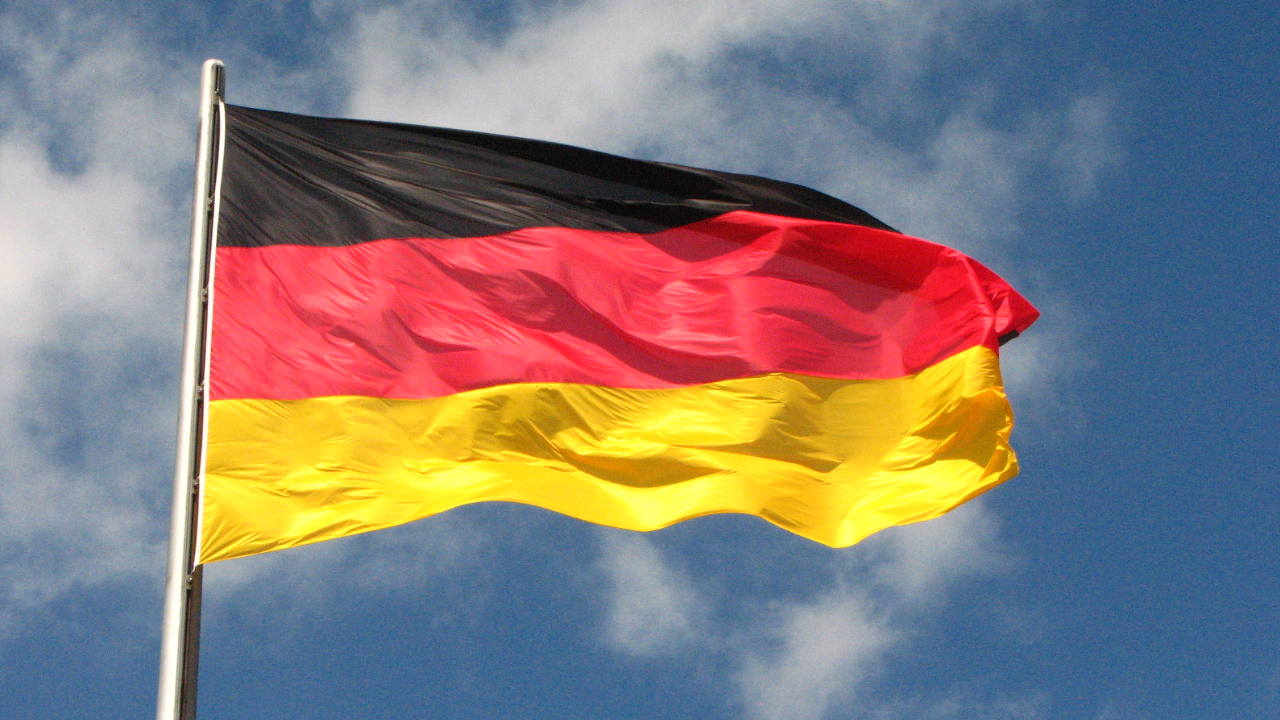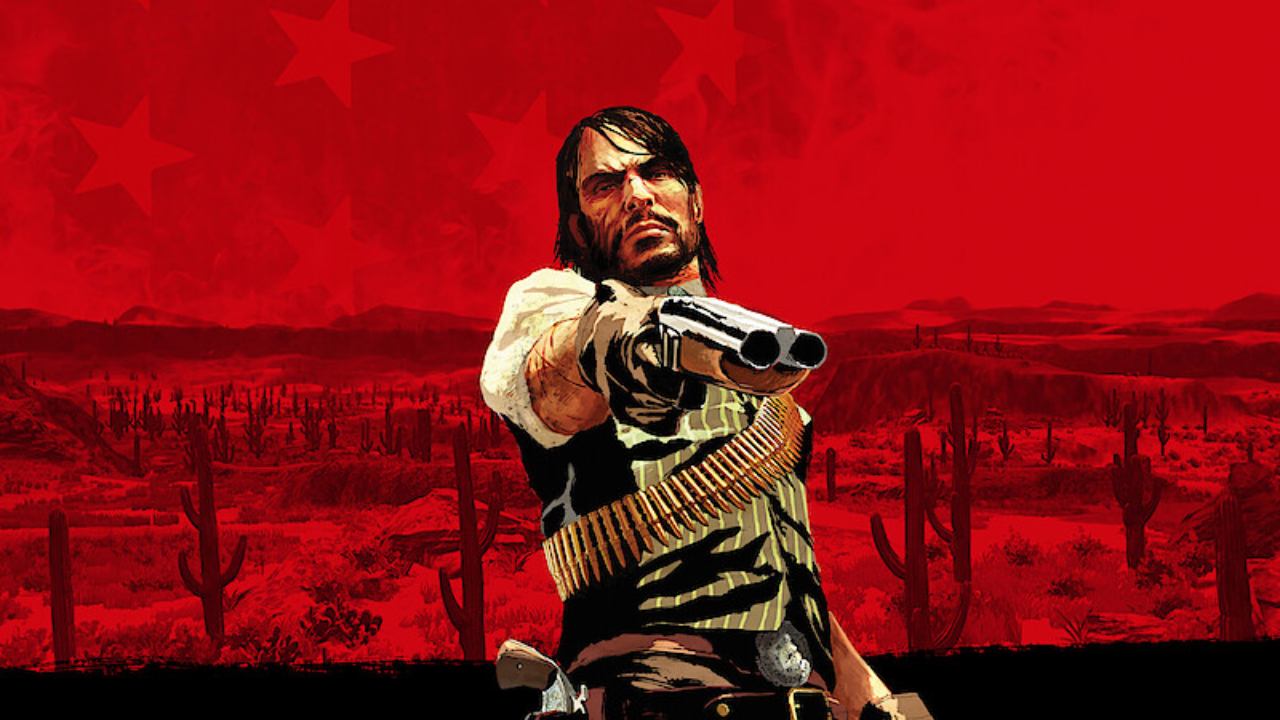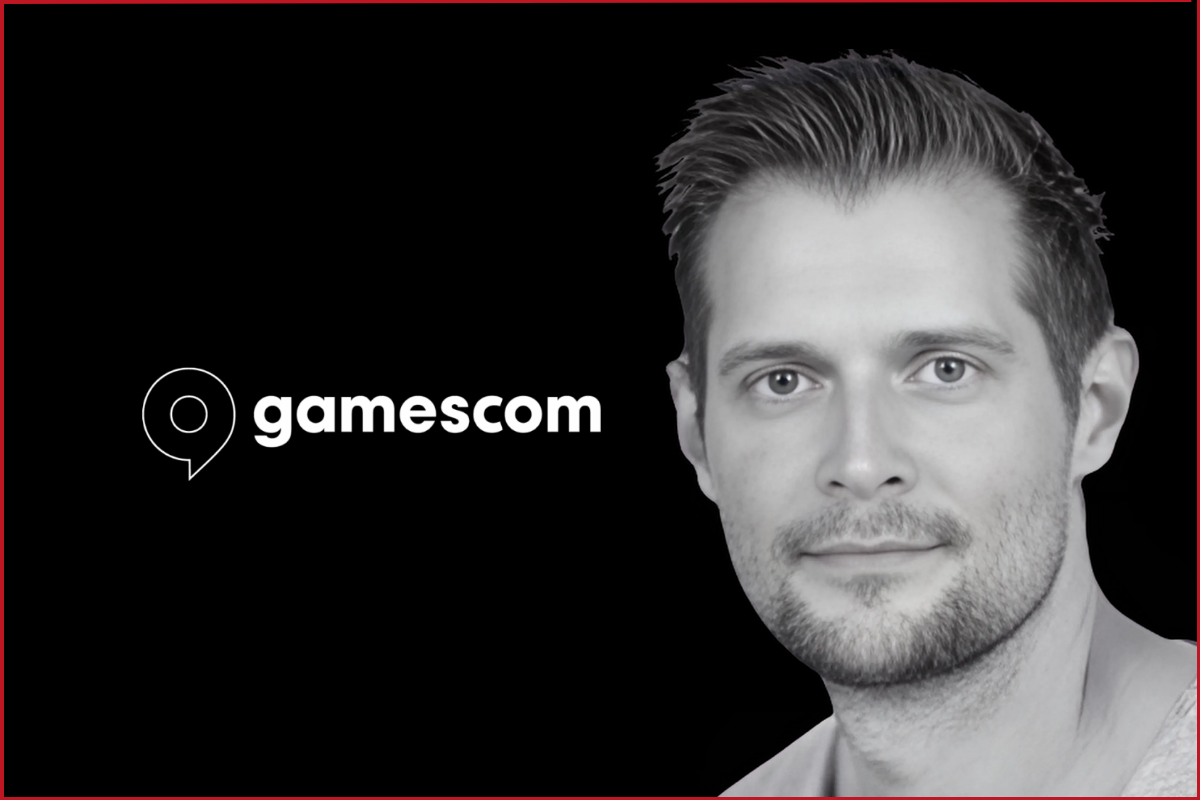Adam Smart, Director of Product Gaming at AppsFlyer, shared his thoughts with us about the experience he had at Gamescom 2025.
Blockbusters and big reveals
This year’s Gamescom once again demonstrated why the event has firmly established itself as the most important in gaming in the Western hemisphere. With more than 1,500 exhibitors from over 70 countries, a record 233,000 square meters of exhibition space, over 300.000 visitors, and millions more watching online, the show reaffirmed its dominant position.
Opening highlights included Call of Duty: Black Ops 7, Lego Batman: Legacy of the Dark Knight, Resident Evil: Requiem, World of Warcraft: Midnight, and, to the delight of many, long-awaited footage of Hollow Knight: Silksong.
Sony revealed Ghost of Yōtei, while Black Myth: Zhong Kui from China showcased its surreal tiger-mounted ghost-catching god to gasps of excitement from the assembled masses. Horror fans were thrilled by Bloober Team’s Cronos: The New Dawn. Whilst retro enthusiasts welcomed the return of Ninja Gaiden 4 and the long-delayed Vampire: The Masquerade Bloodlines 2.
Even Ron Gilbert, creator of Monkey Island, turned heads with his quirky new shooter Death by Scrolling. Exciting times indeed.
Beyond the blockbusters, several cultural moments also stood out. A live musical performance from the brilliant Clair Obscur: Expedition 33 reminded the industry that some of the boldest new voices in gaming are coming from Europe.
The influence of anime aesthetics
One current running through this year’s Gamescom was the rise of anime-inspired titles. Countless “Genshin-like” RPGs dominated the halls. While big Japanese IPs such as Ghost of Yōtei and Silent Hill f underscored the influence anime aesthetics is having right now upon global gaming.
Crucially, this trend is no longer limited to Japan. Last year’s Black Myth: Wukong showed that China can deliver true AAA experiences on a global stage. Its successor, Black Myth: Zhong Kui, was a bold statement of the country’s growing role in shaping the future of blockbuster gaming.
Even One Piece found its way into the spotlight with a Lego crossover. Arriving on the heels of the Netflix show’s success and serving as a playful reminder of how deeply anime has entered mainstream gaming culture.
Making waves
On the hardware side, Microsoft made waves by unveiling the ROG Ali Xbox; a clear counter to Steam. What impressed me most was how fluidly Forza ran on the device, powered by a streamlined Windows 11 OS that looked set to blur the line between console and PC ecosystems.
Beyond the halls, the event’s scale was clear for all to see. The entire city of Cologne was transformed. Every billboard was gaming-focused, and countless side events spread right across the city both before and during the show.
This year’s trip to Gamescom was extra special for me. I completed a 12-hour convoy to Cologne from the UK as part of the Wizards Rally in support of GamesAid, the UK games industry charity that raises money for those organizations that work with young people to create an impact beyond the show floor.

A clearer strategy is needed
The vibrant consumer-facing side of Gamescom − open to the public and packed with premieres − tells only half the story. There is also the trade-visitor side, where the “hard talk” takes place. Closed-door discussions about finance, monetization, and sustainability.
This year, the mood was clear. The industry is facing mounting financial pressure. Venture capital has become scarcer, with those that do invest showing more restraint, particularly in mobile gaming. For studios, this means a clear strategy of monetization and user acquisition must be built in from day one.
Creativity alone is no longer enough. Long-term success depends on building a loyal user base alongside sustainable revenue streams. Subscription models, in-game advertising, and transparent in-app purchases are no longer optional extras but critical pillars of survival.
Regulatory changes further amplify this dynamic. Europe, in particular, is setting new standards around fairness, transparency, and user wellbeing. This means in-app purchases need to be clearly communicated, refund processes need to be streamlined, and manipulative “dark patterns” curtailed. These changes should not be seen as obstacles but as opportunities. Ones that pave the way for a healthier digital ecosystem where trust and loyalty become the currencies of success.
Need for a stable framework
Whilst cultural shifts and heavy investment turned many eyes East, Europe was shown to be home to immense creative talent and continues to deliver groundbreaking titles. Clair Obscur: Expedition 33 from France is one such recent example, a game that has captured global attention and demonstrated that European studios continue to push boundaries.
Though a clear challenge remains. Fragmented markets, limited access to capital, and a lack of regulatory and infrastructural harmonization are causing hurdles to creativity. To compete globally, Europe needs a more stable framework that allows studios to scale and thrive on a global stage
Where the future of gaming is defined
All in all, Gamescom 2025 was a resounding success. Bigger, more international, and more influential than ever. Yet, it also served as a mirror of reality. Despite record-breaking attendance and dazzling premieres, the industry must face the hard questions of funding, monetization, and Europe’s role in the global market.
Yet, if creativity, fair business models, and reliable structures can be brought together, Gamescom will not only remain the West’s flagship gaming event but also the place where the future of global gaming continues to be defined.

Global Director of Product – Gaming





